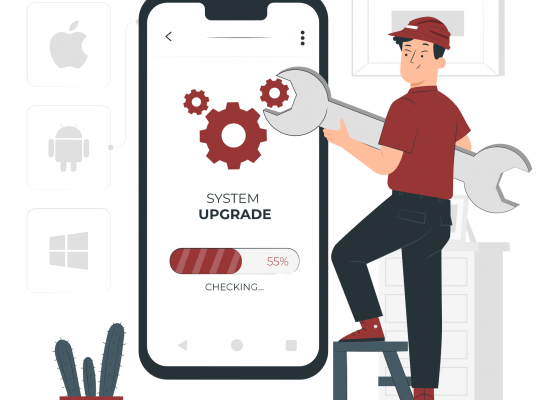AI models like ChatGPT offer a range of exciting use cases, from content creation and summarization to coding help and translation services. To leverage these AI capabilities effectively, creating effective prompts becomes critical. This article aims to outline various use cases and provide an in-depth understanding of basic prompt engineering.
Use Cases
-
Summarisation: AI can condense large volumes of information into a concise summary, perfect for quickly understanding long articles or reports.
-
Content Creation: Whether it’s crafting blog posts, social media content, or drafting emails, AI can be your virtual writing assistant.
-
Translation: Need to translate text quickly? AI can be your multi-lingual aid.
-
Question Answering: ChatGPT can answer questions based on the information it has been trained on.
-
Data Analysis: By analyzing data and drawing conclusions, AI can provide valuable insights.
-
Brainstorming Ideas: AI can generate creative ideas for a variety of topics.
-
Learning and Tutoring: AI can explain concepts, solve problems, and provide educational resources, aiding in learning.
-
Coding Help: AI can generate, explain, or debug code, becoming an invaluable resource for coders.
-
Dialogue and Conversation: AI can role-play scenarios, hold a conversation, or assist in customer service.
Basic Prompt Engineering
Creating effective prompts for AI models often involves structuring the prompt, providing adequate context, and stating the task or question explicitly. Several prompt frameworks can be used for this purpose:
- Role-Play: Setting up a scenario where the AI assumes a specific role.
- Contextual: Providing background information to generate a more accurate response.
- Example-Based: Providing examples as a reference for the AI’s response.
- Iterative: Refining the prompt based on the AI’s responses.
- Instructive: Providing explicit instructions to the AI.
- Question-Based: Posing a question to the AI.
- Comparative: Asking the AI to compare or contrast two or more things.
- Creative: Asking the AI to generate creative content.
To streamline the process further, you can use the “Role, Context, Example, Task” (RCET) or the “Task, Role, Context, Parameters, Extra” (TREC) format.
RCET Format
- Role: The specific role that the AI will assume.
- Context: Background information or the scenario in which the task is set.
- Example: A specific instance within the given context.
- Task: The main objective or challenge to be accomplished.
TREC Format
- Task: The specific challenge or task you want the AI to accomplish.
- Role: The role the AI is expected to play.
- Context: The background information or scenario for the task.
- Parameters: Specific instructions about how the task should be completed.
- Extra: Additional instructions or requests that don’t fit into the other categories.
By using these formats, the prompts provide a clear understanding of the role, context, and task, ensuring more accurate and relevant responses from the AI.
Conclusion
Mastering prompt engineering is key to utilizing AI models like ChatGPT effectively. By understanding various use cases and learning to structure your prompts properly, you can ensure more accurate and relevant responses, whether you’re looking for a summary of a long article, brainstorming ideas for your next project, or need help with coding. The potential applications are truly vast and exciting, paving the way for AI’s role in enhancing our productivity and creativity.






